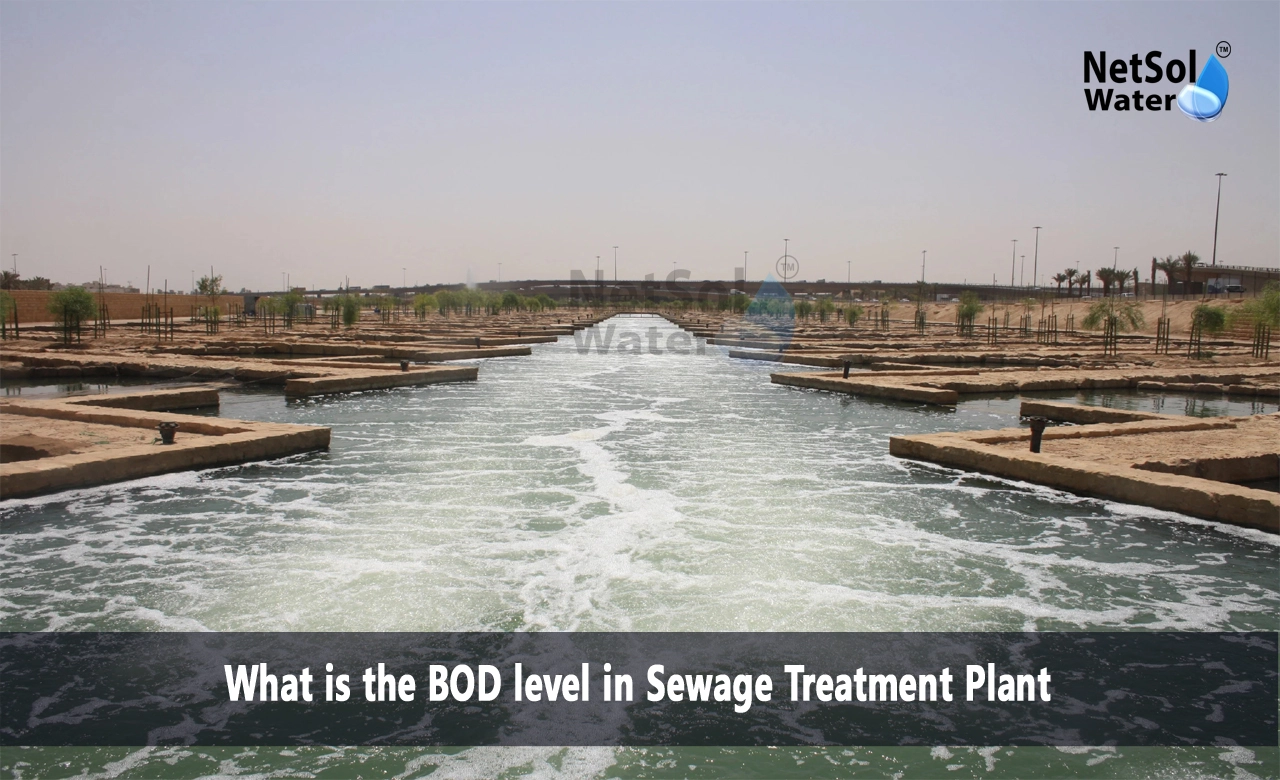What is the BOD level in Sewage Treatment Plant?
BOD (Biochemical Oxygen Demand) serves as the main indicator of sewage treatment plant performance. This measurement shows how much oxygen microorganisms need to break down organic waste in water. Treatment plants must achieve specific BOD reduction levels to meet environmental standards. The incoming sewage typically shows high BOD levels between 200-300 mg/L. Treatment processes aim to reduce these levels to below 20-30 mg/L in the final effluent. BOD testing helps operators track treatment efficiency at each stage. This parameter indicates the amount of biodegradable organic matter present in wastewater. Higher BOD levels mean more pollution while lower levels show cleaner water. Plant operators use BOD data to adjust treatment processes. Understanding BOD helps ensure proper wastewater treatment and environmental protection.
Understanding BOD Basics
BOD testing reveals important information about water quality. The test measures organic pollution levels in water. This knowledge guides treatment decisions.Let us explore the fundamental aspects:
BOD Measurement Process
The standard BOD test takes five days to complete. Laboratory staff collect water samples from different treatment stages. They measure dissolved oxygen levels at the start and end of testing. The difference shows how much oxygen microorganisms used. This indicates the amount of biodegradable material present. The results help evaluate treatment effectiveness.
BOD Sources
Different waste sources create varying BOD levels. Human waste produces high BOD concentrations. Food processing industries generate strong BOD waste. Commercial areas produce moderate BOD levels. Understanding these sources helps predict treatment needs. Plant design depends on expected BOD loads.
BOD Impact
High BOD levels harm aquatic environments. Fish and other organisms need dissolved oxygen to survive. Excess BOD depletes oxygen in water bodies. This creates dead zones where nothing can live. Treatment plants protect water resources by reducing BOD.
BOD Removal Process
Treatment plants use multiple steps to reduce BOD. Each stage targets different aspects of waste removal. The process requires careful monitoring and control.Let us examine the treatment stages:
Primary Treatment
Initial treatment removes larger particles. This step reduces BOD by 20-30%. Settling tanks separate solid waste from water. Floating materials rise to the surface for removal. This prepares water for biological treatment.
Secondary Treatment
Biological processes remove most BOD. Bacteria consume organic waste in aeration tanks. This reduces BOD by 85-95%. The process needs proper oxygen levels. Operators monitor bacterial activity continuously.
Advanced Treatment
Some plants use additional treatment steps. These methods target specific pollutants. They can reduce BOD to very low levels. Advanced treatment produces higher quality water. This meets strict discharge requirements.
Monitoring and Control
BOD monitoring ensures treatment success. Regular testing guides process adjustments. This maintains consistent treatment quality.Let us look at control methods:
Testing Frequency: Plants test BOD at scheduled intervals. Daily tests track process performance. Weekly tests confirm treatment efficiency. Monthly reports show compliance with standards. Regular testing catches problems early.
Process Adjustments: Operators use BOD data to adjust treatment. They change aeration rates based on results. Sludge removal timing affects BOD removal. Chemical dosing depends on BOD levels. These adjustments optimize treatment.
Performance Tracking: Treatment plants track BOD removal rates. They compare results to design specifications. Long-term data shows treatment trends. This information guides maintenance planning. It also supports upgrade decisions.
Conclusion:
Need help managing BOD levels in your STP? Our wastewater experts will optimize your treatment process. Contact us today to improve your BOD removal efficiency. Schedule a consultation to discover how better BOD control can enhance your plant performance.
To explore customised commercial RO plants, Industrial RO plants, ETP or STP solutions for your needs in your areas and nearby regions, Contact Netsol Water at:
Phone: +91-965-060-8473, Email: enquiry@netsolwater.com



